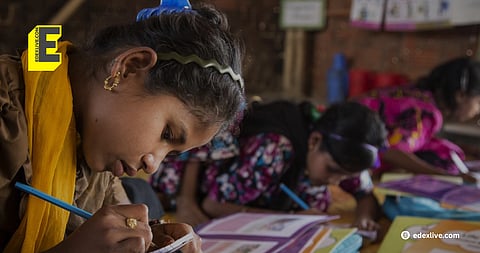

India's education system thrives, because of our brilliant students, supportive parents, strong families and traditions, and the hard work of countless dedicated teachers, and professors who don’t always get the recognition they deserve.
Education is the ladder of social and economic mobility, making it possible for lower-rung citizens to climb the professional ladder.
But universally, this is the task of the government to make sure such ladders of learning exist, that can be climbed by all. Education should be open to all.
Families don’t need to rely only on government schools. There can be plenty of private options too, and parents and kids should decide where to spend their time and money to best help their family escape poverty or hardship.
The government can also find ways to fund education without steering them. For instance, it could give parents a voucher for each child to use at any school they choose, whether public or private.
This would allow vast resources to be tapped, and focus more on their specific educational problems, and opportunities in the area.
Besides public financing of at least school education, the government’s role remains one of ensuring and enforcing academic and financial discipline, so that any education provided at any level by any purported provider is qualitative.
At its best, education should inspire a child’s spirit, build their character, and include subjects like science, math, literature, music, sports, and games. At the very least in India, we must ensure every child learns the basics: reading, writing, and arithmetic.
Everyone must understand the world, and contribute to it effectively and thoughtfully.
The government’s own India Education Report said not long ago, “It does not require clever tools of measurement to demonstrate that there are millions of children in India who are totally deprived of any education worth the name. And it is not as if they are invisible, remote, and therefore unreached. They are everywhere in the cities: on the streets, wiping cars at traffic junctions, picking rags in mounds of waste; in the roadside eateries; in small factories, as cheap labour or domestic help; at ‘home’ completing household chores. In the villages again they are everywhere, responding to the contextual demands of family work as well as bonded labour.”
Even leaving that aspect of the tragedy aside, our school children were ranked low in standardised international testing in recent years. Our higher education and technical institutions fail to reach world standards despite the expenditure.
Indian students often excel in foreign schools, which suggests they need to leave our system to succeed. This leads to a brain drain, where our brightest talents move abroad and work for other countries, even though India pays for their education. What does the future hold for our Indian education system? Will India be able to nurture its talent pool?
